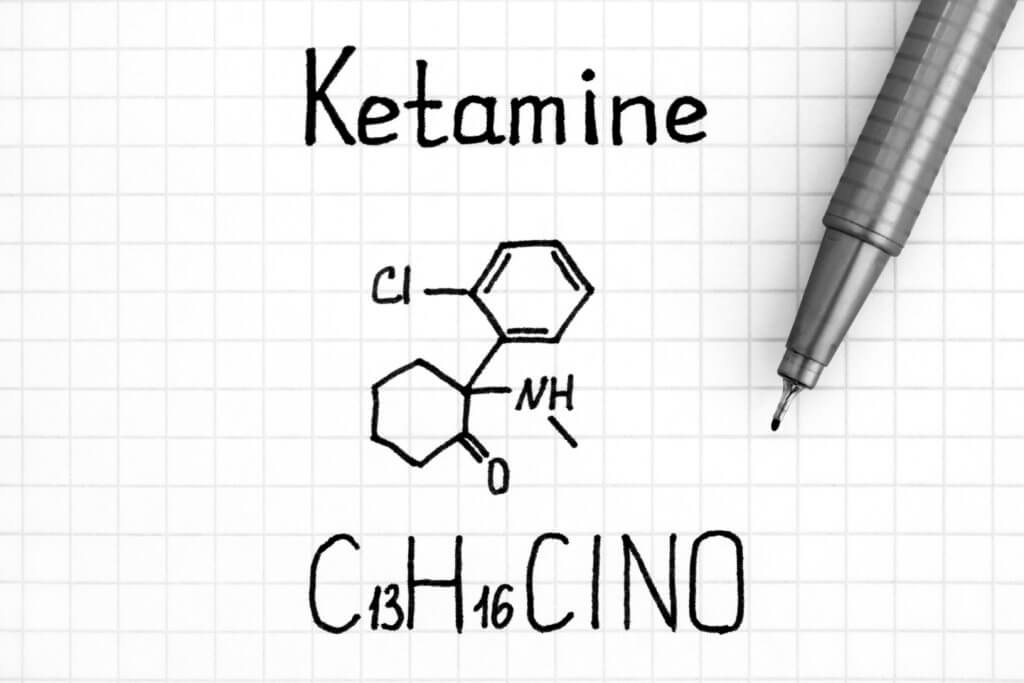Different types of commonly used antidepressant medications have different mechanisms of action, affect different regions or types of tissue in the brain, and act via different neurotransmitters. Most have something in common though: it may take weeks of treatment before an individual experiences relief of depression symptoms. A new study, however, through the Northwestern University Feingold School of Medicine, discovers how the antidepressant ketamine works in hours and can be adapted for use without its limiting adverse side effects.
The researchers, led by Dr. John Kessler, a professor of neurology at Northwestern, calls ketamine the “speedster” of antidepressants, effective within mere hours. Unfortunately, the drug has significant toxic side effects, including blurred or double vision, nausea, vomiting, insomnia, drowsiness, and addiction.
“The goal is to develop an antidepressant that doesn’t take three to four weeks to work because people don’t do well during that period of time,” Kessler explains in a statement. “If you are badly depressed and start taking your drug and nothing is happening, that is depressing in itself. To have something that works right away would make a huge difference.”
New neurons are continuously being made in the brain (neurogenesis), but at a slow rate. Increasing the number of neurons leads to behavioral changes (in this context, symptom relief.) Most antidepressants work by increasing the rate of neurogenesis, which increases the number of neurons. It takes weeks, however, to add enough neurons to achieve the desired effects.
Ketamine produces behavioral changes simply by increasing the activity of the existing newest neurons. The desired effects are virtually immediate.
For the study, scientists created a mouse model in which only the very small population of newborn neurons had receptors that allowed these cells to be silenced or activated by a drug without affecting other cells in the brain. Scientists showed that if they silenced the activity of these cells, ketamine was ineffective. If they used the drug to activate this population of cells, the results mirrored those of ketamine. “This showed conclusively that it is the activity of these cells that is responsible for the effects of ketamine,” Kessler said.
“We narrowed down the population of relevant cells to just new neurons, said Dr. Kessler. “That’s important because when you give ketamine to patients now, it affects multiple regions of the brain and causes a lot of adverse side effects. But since we now know exactly which cells we want to target, we can design drugs to focus only on those cells.”
The study is published in Nature Communications.












